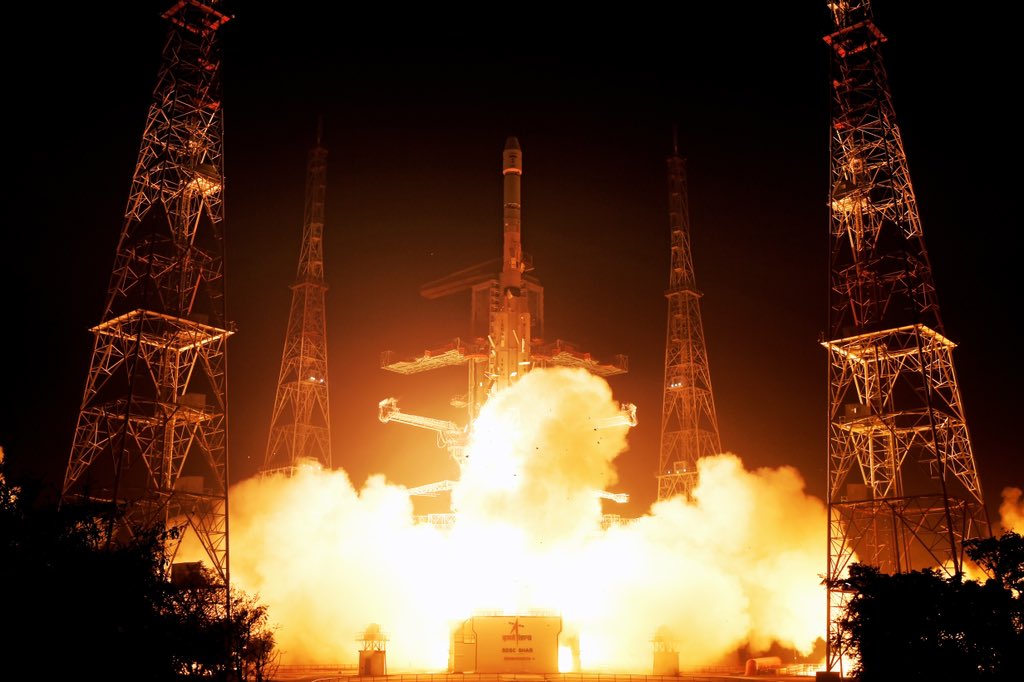
On January 29, 2025, the Indian Space Research Organisation (ISRO) achieved a historic milestone by successfully launching its 100th mission from the Satish Dhawan Space Centre in Sriharikota. The launch took place early in the morning at 6:23 AM. The mission was carried out using the GSLV-F15 rocket, which carried the NVS-02 satellite into space.
ISRO Chairman Dr. V. Narayanan, who recently took charge, announced the success of the launch. He stated that this was the first mission of 2025, and the satellite was placed in its intended orbit without any issues.
The NVS-02 satellite is part of the Navigation with Indian Constellation (NavIC) series. It is designed to help improve navigation services in India and neighboring regions. The satellite carries special equipment to provide accurate location data. It has a navigation payload in L1, L5, and S bands, along with a ranging payload in the C-band. These features help in better tracking and communication.
The NVS-02 satellite has a weight of 2,250 kg and uses an advanced I-2K bus platform. It has a power handling capacity of about 3 kW. The satellite will be positioned at 111.75ºE, where it will replace the older IRNSS-1E satellite. One of the key highlights of NVS-02 is the use of both indigenous and imported atomic clocks. These clocks are essential for precise time estimation, which is crucial for navigation and other scientific applications.
With this launch, ISRO has once again demonstrated its excellence in space technology. The success of the NVS-02 mission will further strengthen India’s navigation system and benefit various sectors, including transport, defense, and disaster management.


